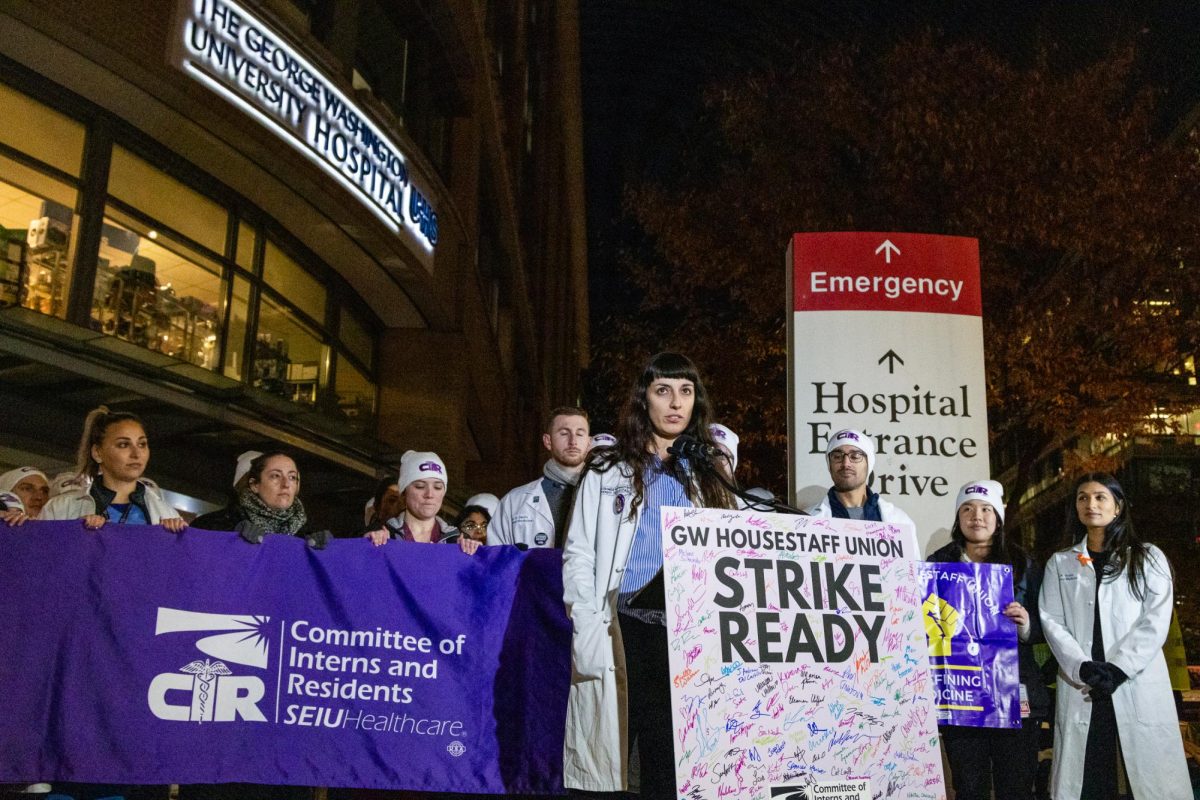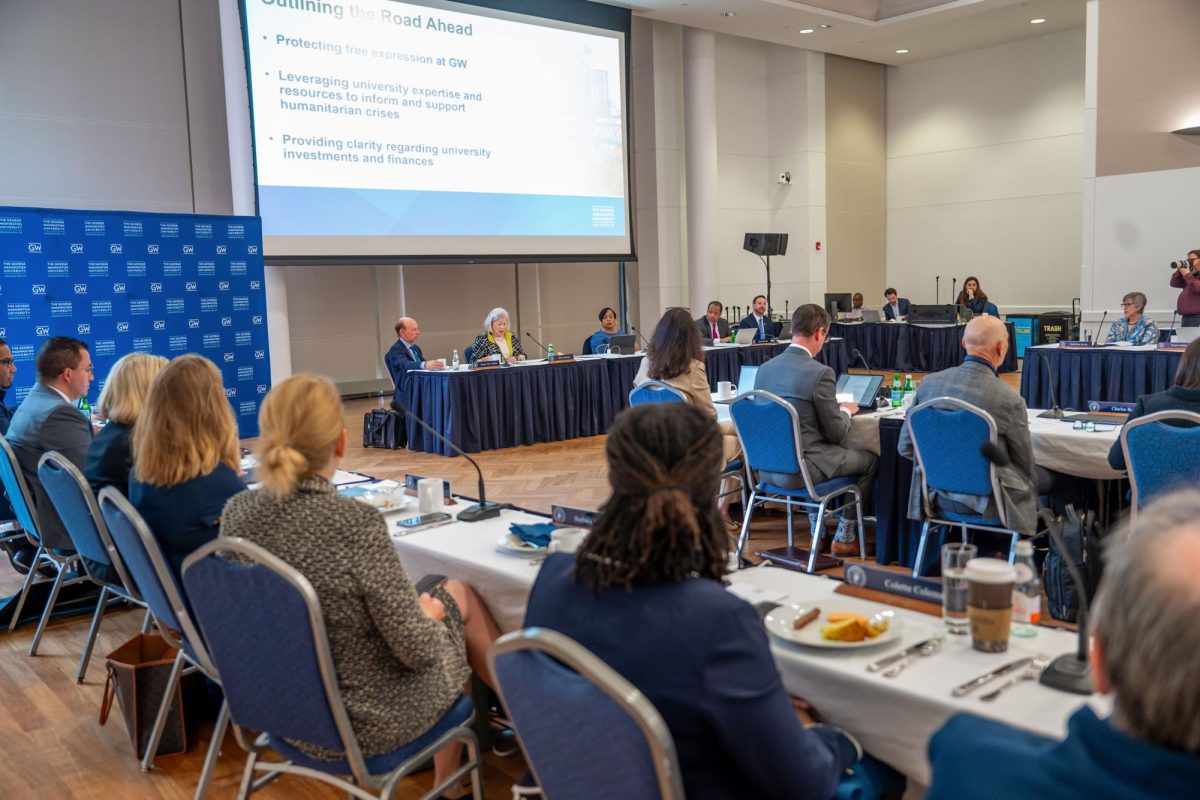GW researchers analyzing emergency room data found that people did not go to the emergency room more often with Medicaid expansion, which many healthcare professionals had expected, United Press International reported Wednesday.
The number of E.R. visits increased by less than three percent and uninsured visits decreased by about 30 percent, according to the research. The decrease in uninsured visits will increase the amount of money hospitals make.
Healthcare professionals had expected that more people would go to the E.R. under a Medicaid expansion because it made it easier to see a doctor through the E.R., and because people with healthcare tend to see doctors more than those without, United Press International reported.
Jesse Pines, a professor of emergency medicine in the Milken Institute School of Public Health, said in a release that the results of the study “challenge” doctors’ and researchers’ notions about healthcare use.
“With no increase in emergency department visit rates, our research is good news for government programs aimed at expanding health insurance, and in particular Medicaid coverage,” Pines said. “We challenge the conventional wisdom that people go to the emergency department because they do or don’t have health insurance. People use the emergency department when they’re sick or injured. That’s why we stay open.”
The research used data from three companies to examine E.R. data at 478 hospitals in 2014, the first year that Medicaid was expanded through the Affordable Care Act.
Randy Pilgrim, the chief medical officer at Schumacher Clinical Partners, a multi-specialty physician management group that provided data for the study, told United Press International that the long-term impact of the Affordable Care Act on emergency care economics is still uncertain.
“Payments for Medicaid visits are higher than for the uninsured. But the long term impact of the ACA on the overall economics of emergency care is still an open question, especially with other provisions that affect reimbursement, including the future effect of new payment models,” Pilgrim said.






